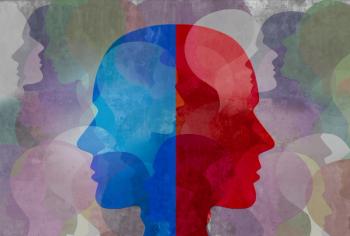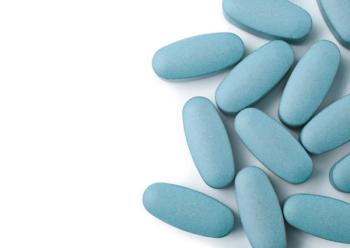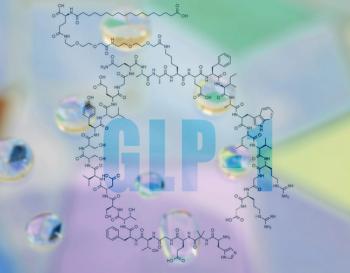
|Slideshows|August 12, 2019
Focus on Bipolar Disorder: 6 New Studies
Author(s)Leo Robert
Treatment failure risk is high, new biomarker of conversion from major depressive disorder, depression stifles creativity, and other recent findings are summarized here.
Advertisement
Newsletter
Receive trusted psychiatric news, expert analysis, and clinical insights — subscribe today to support your practice and your patients.
Advertisement
Advertisement
Advertisement
Trending on Psychiatric Times
1
December in Review: Updates on the Psychiatric Treatment Pipeline
2
Misguided Values of AI Companies and the Consequences for Patients
3
The Psychiatric Pipeline in Review: Quarter 4, 2025
4
Southern California Psychiatry: Review of New Agents in Schizophrenia and Dementia
5




